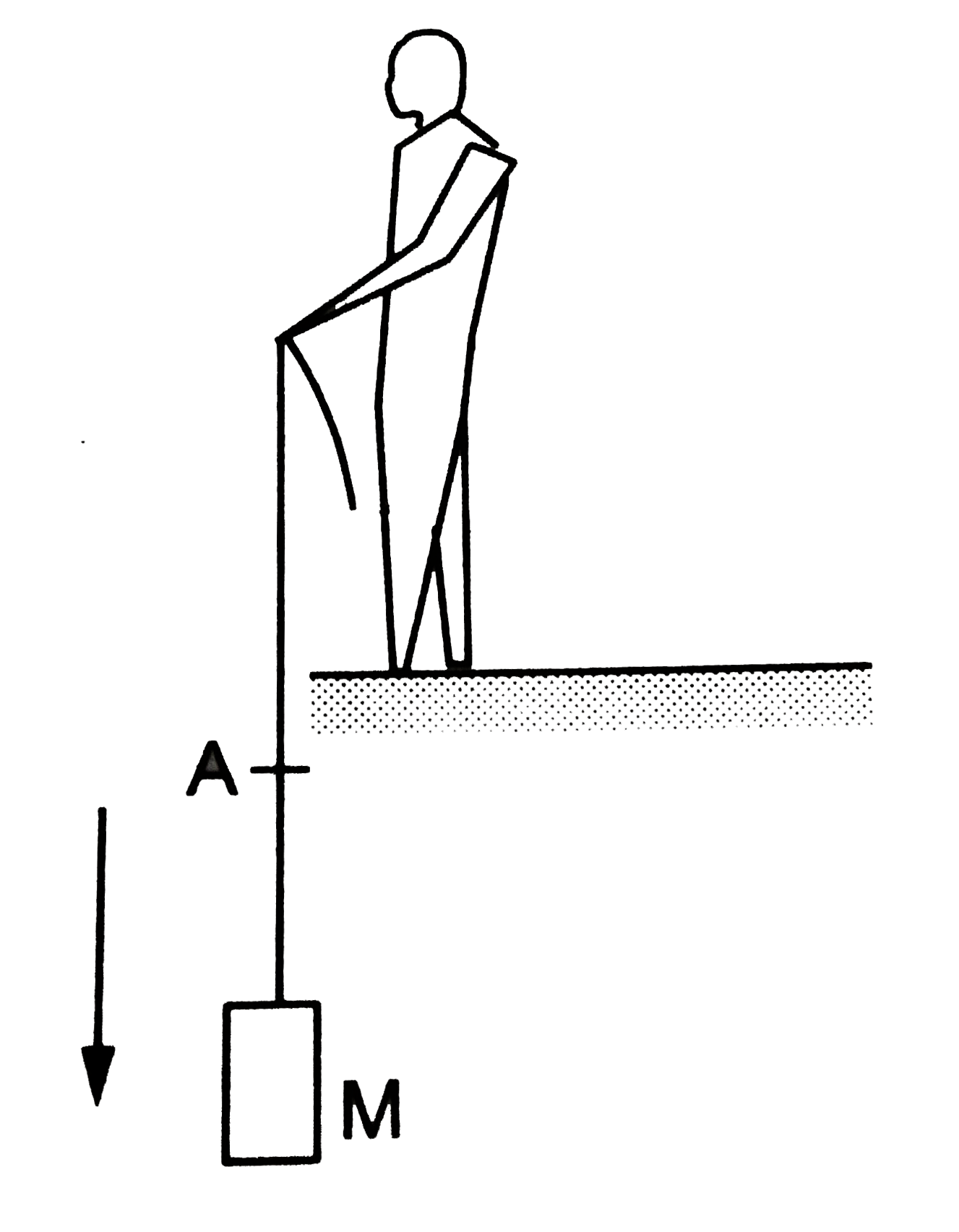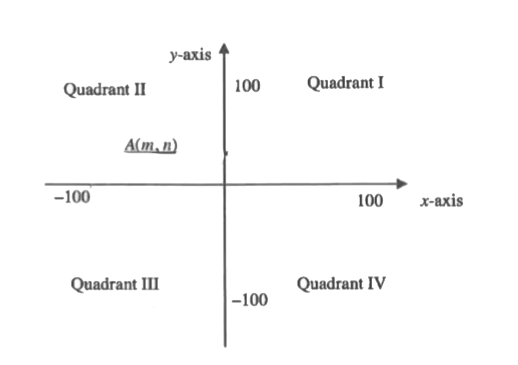
In the figure, the point A(m, n) lies in Quadrant II as shown. In which region is the point B(n,m)?
Quadrant I
Quadrant II
Quadrant II
Quadrant IV
The correct Answer is:D
Step by step video, text & image solution for In the figure, the point A(m, n) lies in Quadrant II as shown. In which region is the point B(n, m)? by Maths experts to help you in doubts & scoring excellent marks in Class 12 exams.
Similar Questions
Knowledge Check
- Question 1 - Select One
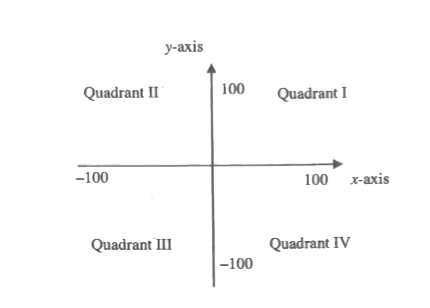
In the coordinates system shown, if (b, a) lies in Quadrant III, then in which quadrant can the point (a, b) lie?AI onlyBII onlyCIII onlyDIV only - Question 2 - Select One
If the point (a,b) is in Quadrant II and |a|−|b|>0, then which one of the following is true?
Aa>0Bb>0Ca>bDa+b<0
Let m,n are integers with 0<n<m. A is the point (m,n) on the Cartesian plane. B is the reflection of A in the line y=x. C is the reflection of B in the y-axis. D, is the reflection of C in the x-axis and E is the reflection of D in the y-axis. The area of the pentagon ABCDE is 2m(m+n) (b) m(m+3n) m(2m+3n) (d) 2m(m+3n)
View SolutionAt the point P(a,an) on the graph of y=xn,(n∈N) , in the first quadrant, a normal is drawn. The normal intersects the y- aξs at the point (0,b) . If (lim)a→0=12, then n equals _____.
View SolutionLet m,n are integers with 0<n<m. A is the point (m,n) on the Cartesian plane. B is the reflection of A in the line y=x. C is the reflection of B in the y-axis, D is the reflection of C in the x-axis and E is the reflection of D in the y-axis. The area of the pentagon ABCDE is
a.2m(m+n) b. m(m+3n) c. m(2m+3n) d. 2m(m+3n)View SolutionAt the point P(a,an) on the graph of y=xn(n∈N) in the first quadrant at normal is drawn. The normal intersects the Y-axis at the point (0, b). If lima→0b=12, then n equals ……………
View SolutionFour identical capacitors are connected in series with a 10V battery as shown in the figure. The point N is earthed. The potentials of points A and B are
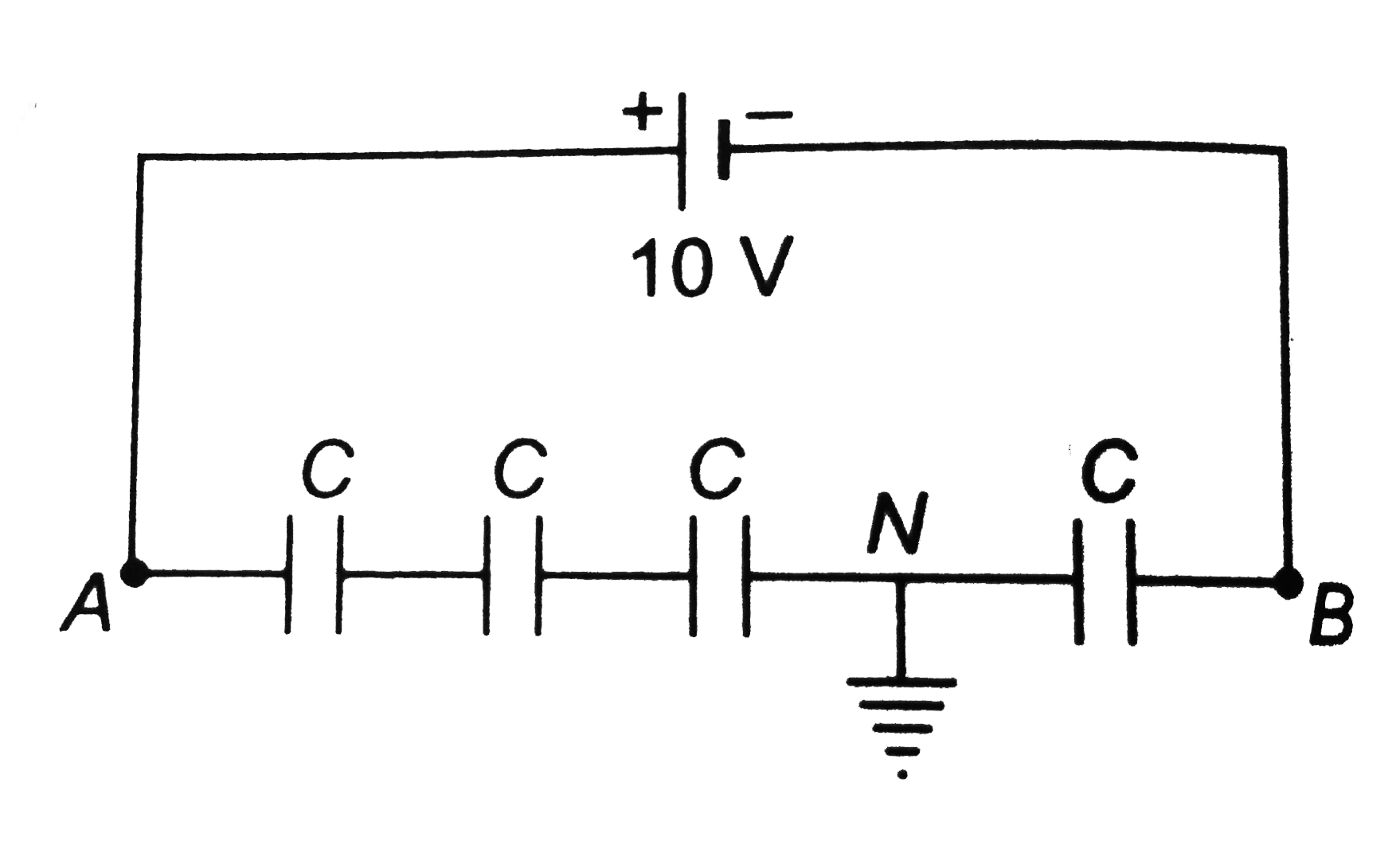 View Solution
View SolutionN identical current sources each of emf E and internal resistance r are connected to form a closed loop as shown in figure. The potential difference between points A and B which divides the circuit into n and (N-n) units is
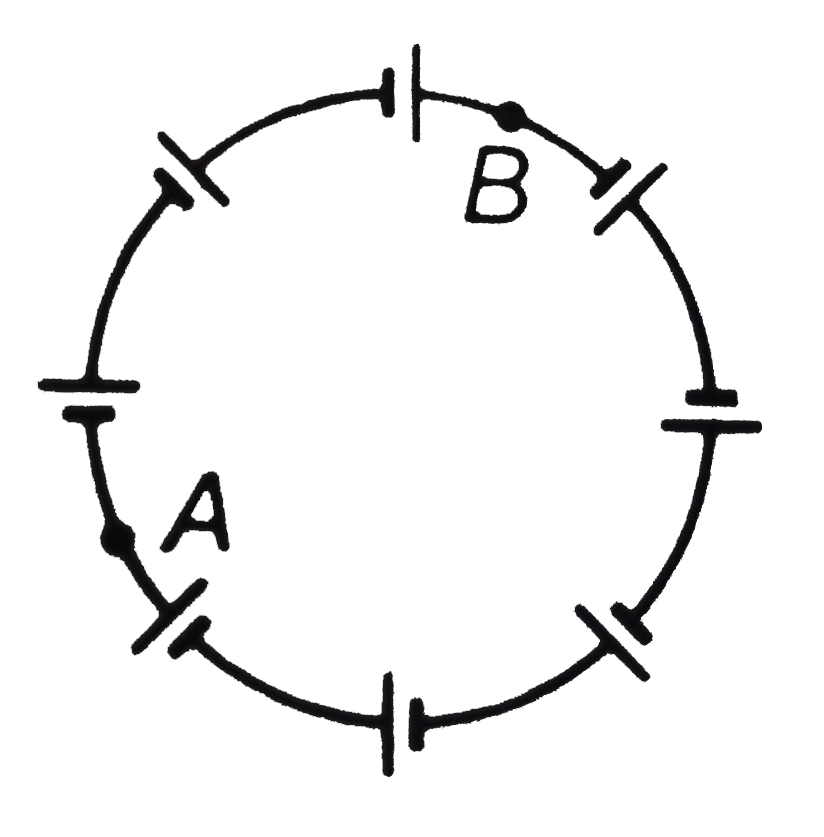 View Solution
View Solution


